The Third Eye
By Daniel Tepper and Vittoria Mentasti
Airstrikes filmed through the cold vision of thermal cameras have become a common sight since the daily briefings by American generals during the first Gulf War. By now, we are desensitized to the violence depicted in these videos. Looking down on glowing, faceless silhouettes that in an instant are reduced to smoking craters by bright explosions does not usually impart any emotional feelings on the viewer. Military forces employ thermal imaging on a variety of platforms to obtain a more complete awareness of the battle-space. In this context, the camera produces ‘operative images’, a term coined by the artist and filmmaker Harun Farocki, to denote images that do not to represent objects but are created as part of an operation. In a military context, operative images usually denote surveillance, target acquisitions, and strike capabilities.
The thermal camera, developed in the 1970’s, has greatly transformed modern conflict.
The technology has proven to be a key component utilized by military drones, greatly augmenting the ability of a military force to perceive and process information through a constant stream of images from above. The technology has become a powerful tool in the arsenal of military vision that not only extends the ability to detect and kill ones foes but also sterilizes images of war and their aftermath.
The thermal vision of the drone renders persons on the ground as anonymous figures. These readily dehumanized forms can be swiftly marked as targets for observation or airstrikes. Thermal video turns the violent aftermath of an airstrike into barely distinguishable forms – body parts and wreckage gets lost amid the gray scale clutter. In this new vision of war, the perpetrators and audience can readily accept the consequences of combat, as seen through the stoic eye of the thermal camera.
For the past 40 years, Israel’s defense industry has been a world leading developer and purveyor of aerial drones and infrared camera systems. Without the capabilities afforded by their thermal cameras, drones would be greatly limited in what they could do. Since the early 2000’s, Israel’s deployment of drones has been concentrated over the Gaza Strip. The constant presence of the drones, known locally as zenana - which means buzzing in Arabic - is a frightening reminder to the 1.8 million Palestinians in Gaza that they are living under a deadly surveillance.
Israel’s drone activities are shrouded in secrecy. Despite reports from humanitarian organizations, eyewitness testimony, and leaked documents which confirms the use of armed drones, the Israeli military does not admit that its unmanned vehicles are used for airstrikes. Armed drones enable Israeli forces to carry out operations against targets in Gaza and beyond without putting the lives of their own pilots at risk. Thermal imaging technology allows the military to carry out strikes with a high degree of precisions without causing severe collateral damage to the surrounding area. However, the high degree of precision with which the weapons fired from drones find their targets does not mean that the targets themselves are always chosen with such discretion. Civilians in Gaza are increasingly becoming victims of drone strikes.
According to Palestinian NGOs, during the 2014 war almost one-third of civilians were killed in drone strikes – 496 out of a total of 1,543 civilian casualties during 51 days of fighting. Due to the secretive nature of drone operations it is difficult to get a definitive count of victims and fully chart the effects of the drone strikes. In the next conflict between Gaza and Israel, drones are sure to be used on an even greater scale.
Looking for an alternative way to visualize the environment of conflict drones have contributed to in Gaza as well as hoping to bring awareness to the facilitation of violence through the aesthetics of military vision, we photographed scenes of daily life across the Gaza Strip using a small thermal imaging system. We wanted to show Gaza through the eye of a drone but from an intimate, ground level perspective that, for the time being, remains inaccessible to unmanned vehicles fielded by the Israeli military. We hacked the cameras on the system to further abstract and play with notions of representation and discretion that inform drone vision. This undertaking was an attempt to transform and repurpose the operative images of a drone, in order to show life rather than hunt it.
Where there is heat, there is life. The ghostly figures in our photographs are very much alive, illuminated by the movements of their breath and blood. The empty spaces are their homes, neighborhoods, and farmlands. If we can teach ourselves a new way to see, beyond blindly accepting the effects of technological abstraction, then it may be possible to rediscover the humanity in the glowing figures on the screen and to feel something when the explosions extinguish their light.
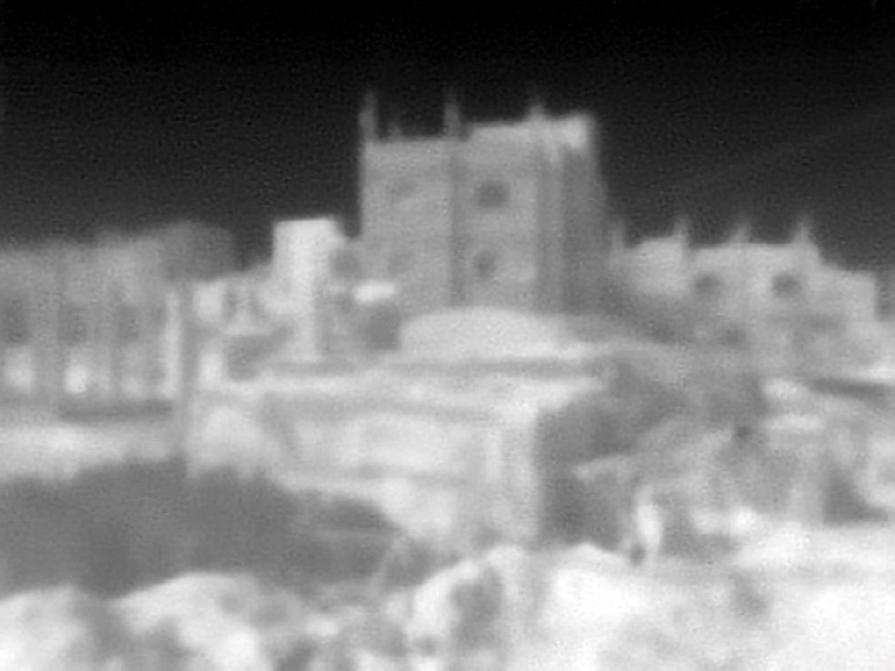
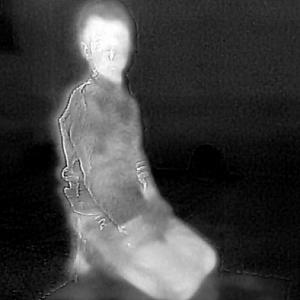
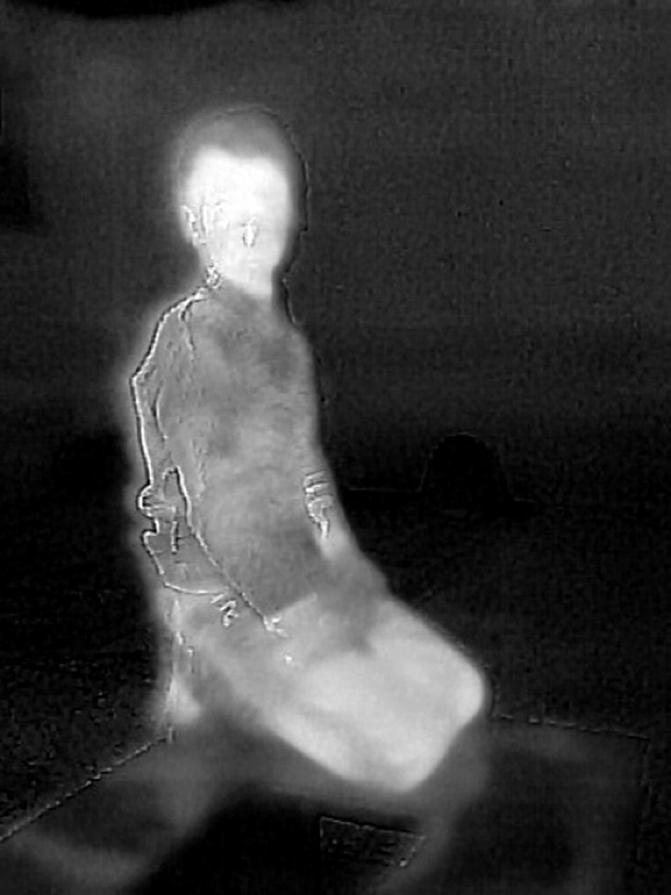
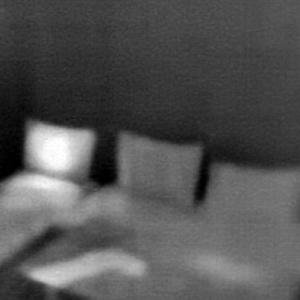
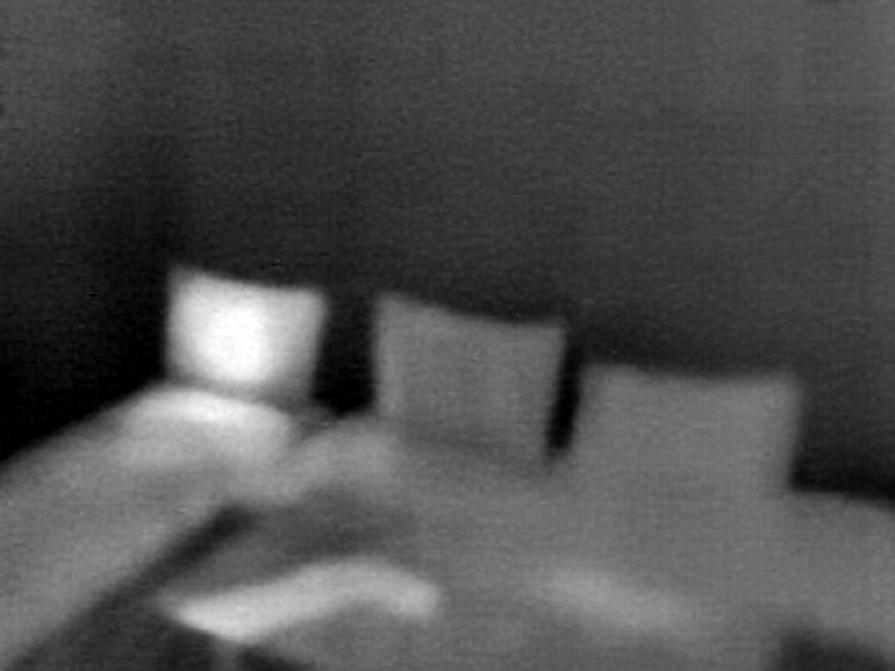
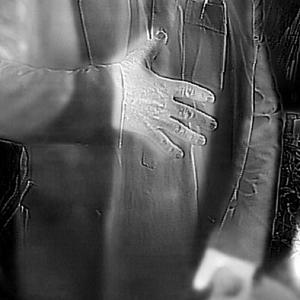
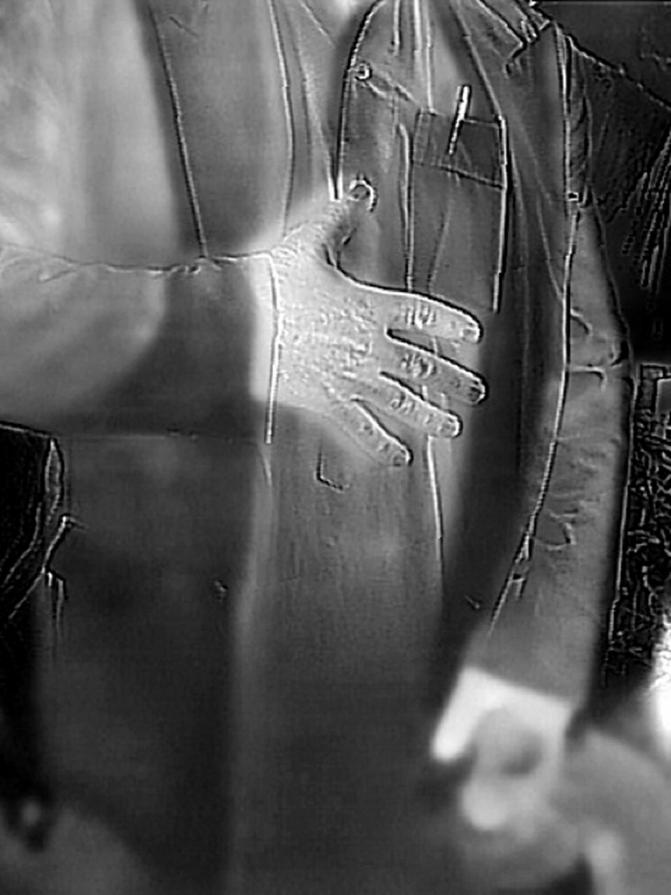
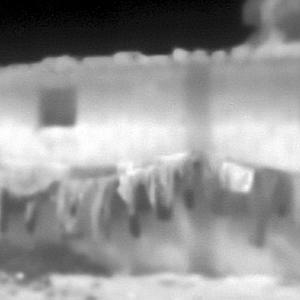
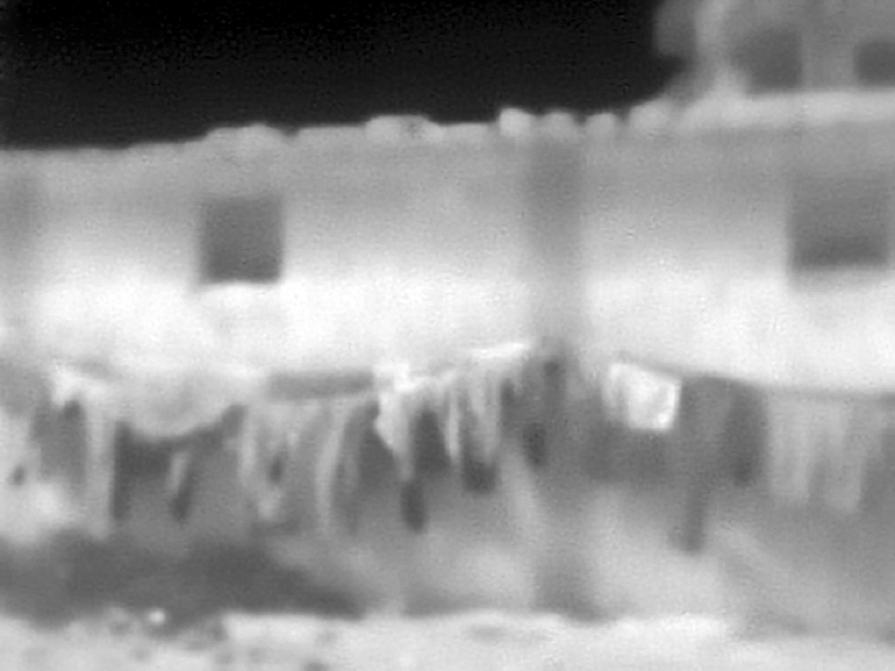
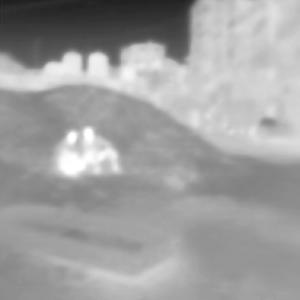
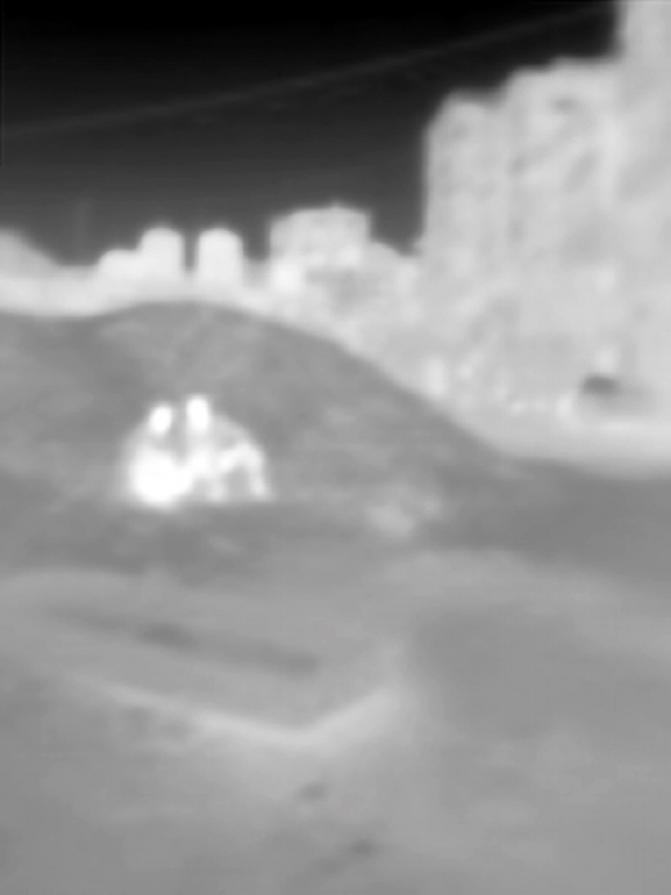
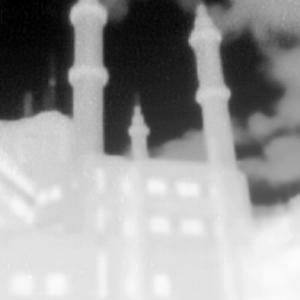
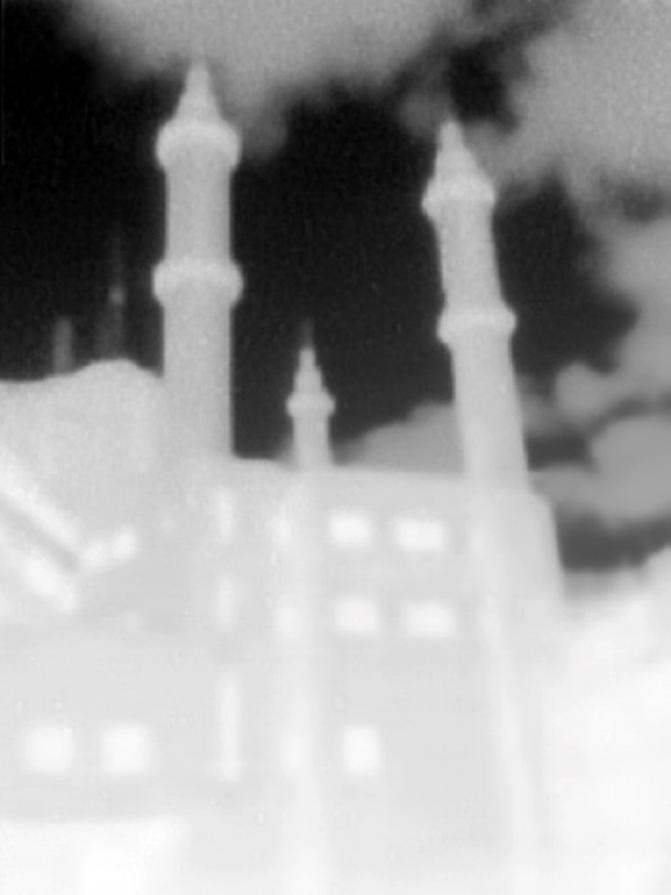
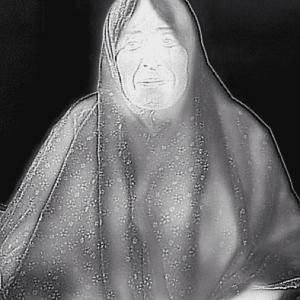
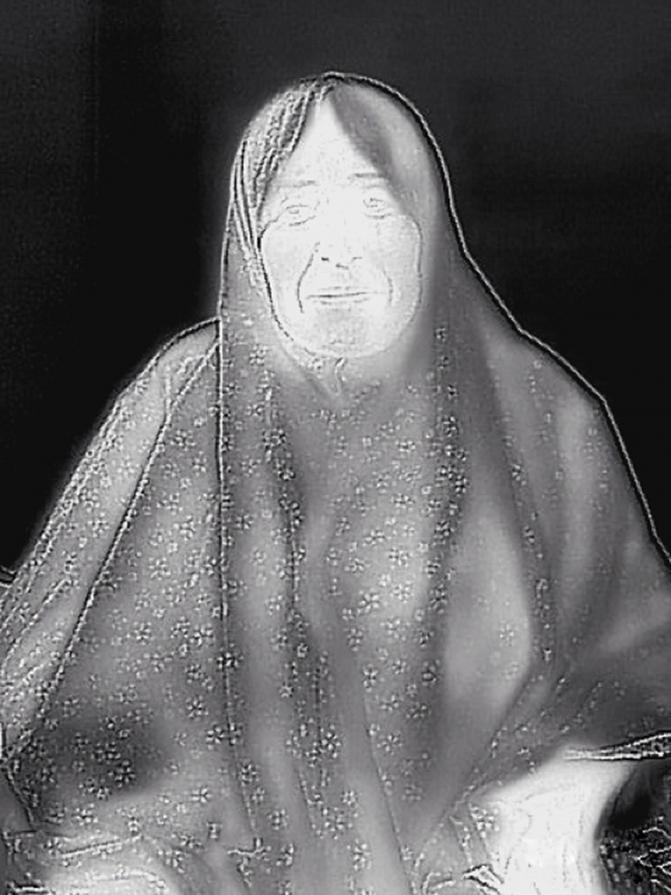
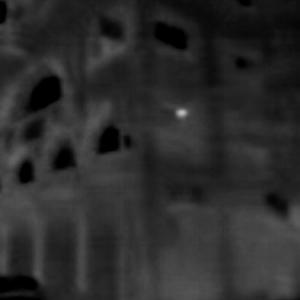
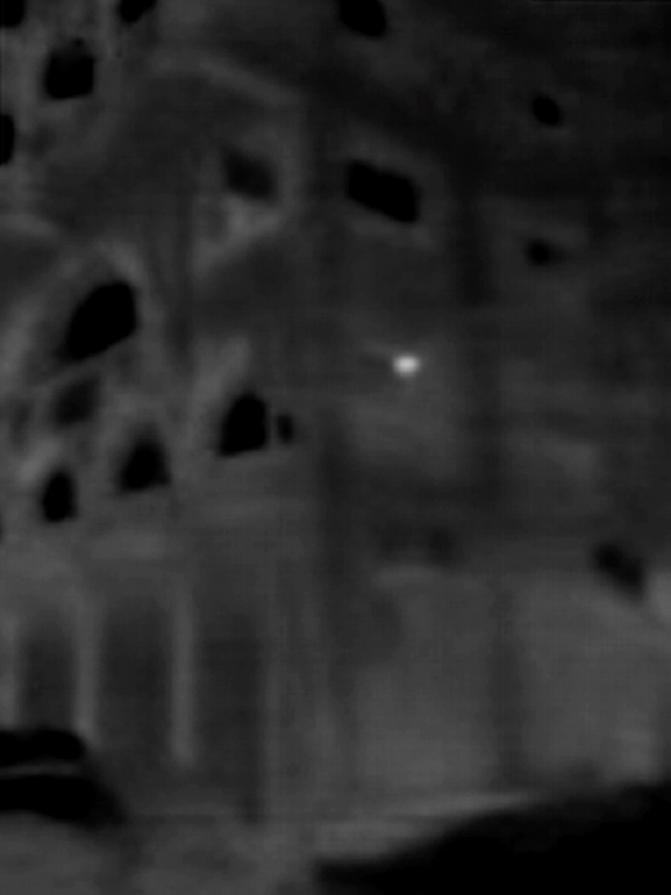
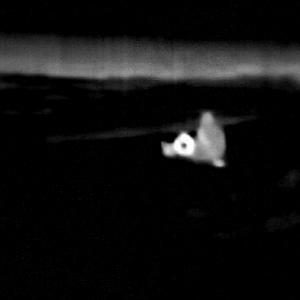
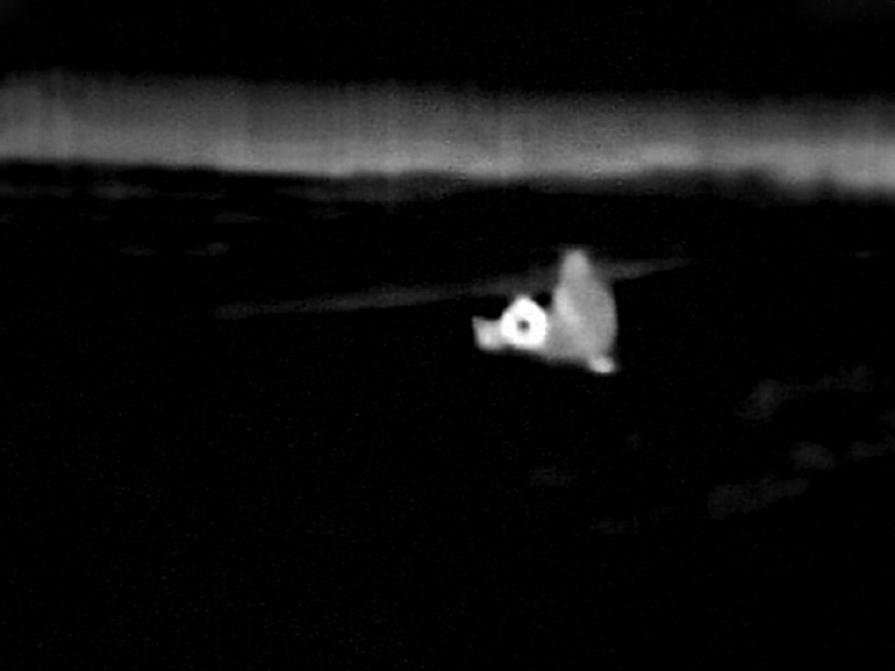










Commenti 1
Inserisci commento